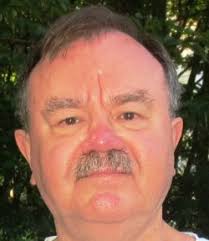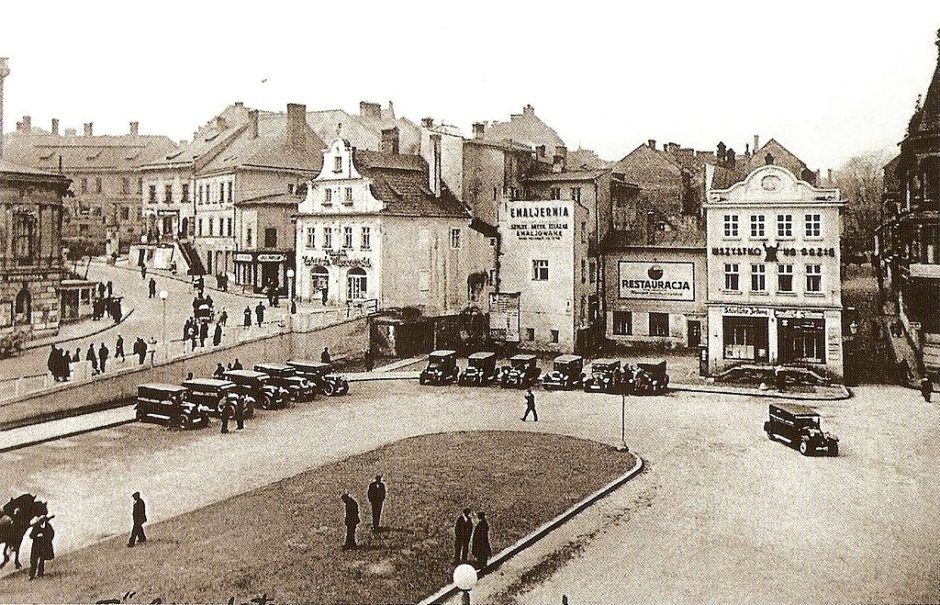For the long-suffering Polish nation, which had lost its sovereignty by the end of the 18th century, the end of World War I entailed more than an end to the fighting.
November 11, 1918, the date of the armistice that ended what was then called The Great War, also provided a promise to recreate a sovereign Polish state. The three empires that had partitioned the country — Austria-Hungary, Prussian Germany, and czarist Russia — all fell victim to defeat and revolution.
Jewish settlement on the territory that comprises modern day Poland can be traced back more than 1,000 years, with the settlement of Jews seeking relief from persecution in Western and Central Europe.
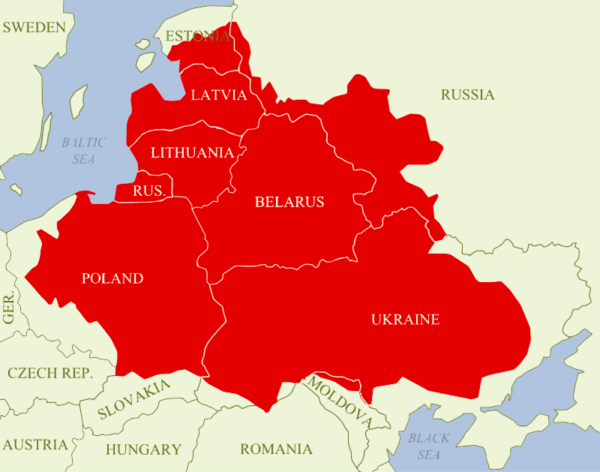
The medieval Polish-Lithuanian Commonwealth had been one of Europe’s largest states. At the turn of the 17th century, its population of some seven million comprised 4.5 million Poles, the rest being Lithuanians, Jews and Ukrainians. By the beginning of the partitions, about ten percent of the population was Jewish, and part of the fabric of Polish life.
Out of the rubble of World War I were born new states. Some, like Czechoslovakia and Yugoslavia, were multi-national. The others, including Poland, were created as nation states. They were, as Yuri Slezkine called them in The Jewish Century, “states that posed as tribes.”
However, they all promised to protect the integrity of minorities within their borders. Minorities Treaties were drawn up between the United States, the British Empire, France, Italy, and Japan, on the one hand, and 14 newly created or expanded states in Europe and the Middle East, including Poland.
They governed eligibility for citizenship in the latter states and granted citizens belonging to racial, religious or linguistic minorities certain collective rights, including protection by the state for their members to use minority languages, and the right for them to establish and control educational, religious and social welfare institutions.
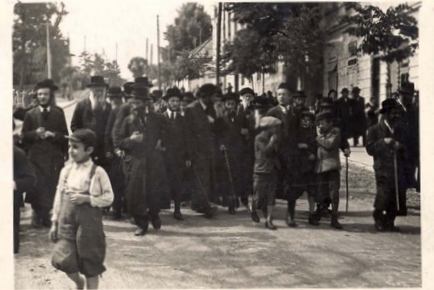
Jews throughout the world greeted the treaties with enthusiasm, believing that the policies would inaugurate a new era of security — but their hopes were soon dashed. Efforts in the 1920s to invoke the treaties and enlist the League of Nations to stop various antisemitic actions, including pogroms, brought no tangible results.
In September 1934, Poland unilaterally renounced its obligations under its treaty, as political antisemitism increased during the decade.
After the 1918 armistice, the Allied Supreme Council, which was determining the frontiers of the re-established Polish state, had created a temporary boundary marking the eastern frontier of Poland. It came to be known as the Curzon Line, and authorized a Polish administration to be formed on the lands west of it.
However, the Russo-Polish War of 1919-1920, in which Poland was victorious, provided Poland with almost 52,000 square miles of land east of the Curzon Line. Most of its inhabitants were not Polish but Belarusian, Lithuanian and Ukrainian.
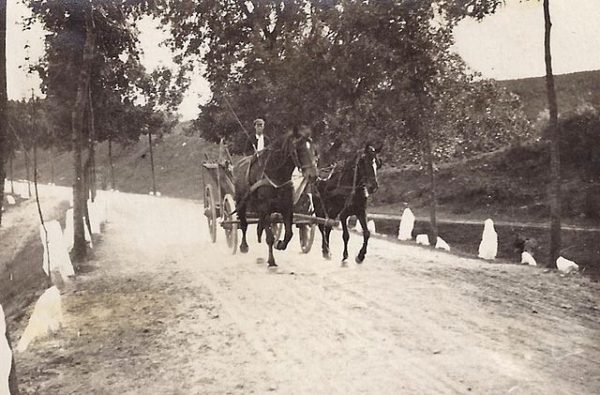
Overall, a full 31 percent of the population were non-Polish minorities. Of these, according to the 1931 census, 15 percent were Ukrainians, 8.5 percent Jews, and 4.7 percent Belarusians. Other statistics estimated the Jewish population, which lived mostly in urban centers, at almost 10 percent.
Between the two world wars anti-Jewish boycott agitation grew as the economic situation deteriorated during the depression. Right-wing parties, especially the National Democrats (Narodowa Demokracja, or Endecja), with the silent approval of the authorities, pointed at the Jews as the cause of the distress.
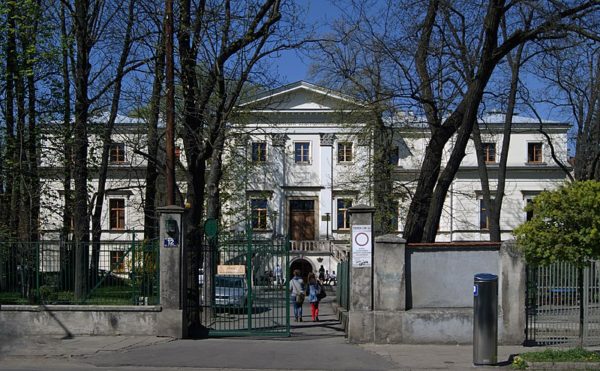
Jews could not work in the civil service, few were public school teachers, almost no Jews were railroad workers, and no Jews worked in state-controlled banks or monopolies. There was also discrimination and exclusion of Jews at the universities, including the creation of “ghetto benches.” Quotas (numerus clausus) introduced in 1937 in some universities halved the number of Jews by the late 1930s. The restrictions were so inclusive that, while Jews made up 20.4 percent of the student body in 1928, by 1937 their share was down to only 7.5 percent.
Between 1935 and 1937, 79 Jews were killed and 500 injured in anti-Jewish incidents. Escalating hostility towards Polish Jews and an official Polish government desire to remove Jews from Poland continued until the German invasion in 1939.
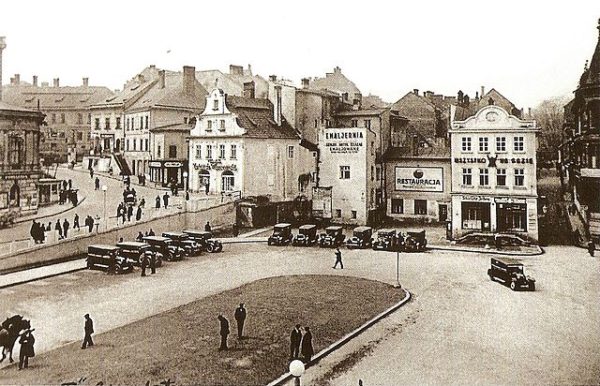
World War II was a disaster for Poland, of course, since as many as six million people — more than one-fifth of its overall population of 35 million in 1939 — were murdered by the Nazis. The postwar 1946 census found just 23,930,000 people left in the country.
The death toll included the mass slaughter of the country’s Jewish community, which had numbered about 3.3 million people, and had constituted one-tenth of Poland’s prewar population.
Only some 40,000 to 100,000 Polish Jews survived the Holocaust in Poland, another 50,000 to 170,000 were repatriated from the Soviet Union, and 20,000 to 40,000 from Germany and other countries.
As well, Poland lost its large eastern territories to the Soviet Union, as its border was moved westward along a line almost equivalent to the Curzon Line. But it gained new territories in the west, wrested from Germany — and expelled about five million Germans from those lands, in what we today would call “ethnic cleansing.”
So, in a sense, it was two of the greatest mass murderers in world history, Adolf Hitler and Joseph Stalin, who “solved” Poland’s minority “problem,” and thus paved the way for today’s Poland.
The “dirty secret” of Polish homogeneity is that it is World War II, with its genocide, ethnic cleansing and massive war crimes, which made the country one of the most ethnically and religiously homogeneous nations in Europe.
Today around 98 percent of the population of 38.4 million identifies as ethnically Polish, and 87 percent belong to the Roman Catholic Church.
The liquidation of Polish Jewry during the Holocaust, followed by a pogrom in Kielce in 1946 and an antisemitic campaign that drove thousands of Jews from the country in 1968, meant that for decades the community existed mostly as a fading memory.
Over the past 25 years there has been a reawakening of Jewish consciousness, and young people of Jewish origin who had no previous Jewish affiliation have joined the community. There are also several hundred Israelis in Poland.
Jewish activists from abroad, including several members of both the Chabad and Reform movements, have also taken up residence in Poland and established communities.
It is difficult to determine an exact figure for the Jewish population of contemporary Poland, but it is estimated to be between 10,000 and 20,000 members. The Polish Jewish community is primarily concentrated in Warsaw, but there are also communities in Kraków, Lodz, Szczecin, Gdansk, Katowice and Wroclaw.
Henry Srebrnik is a professor of political science at the University of Prince Edward Island.
